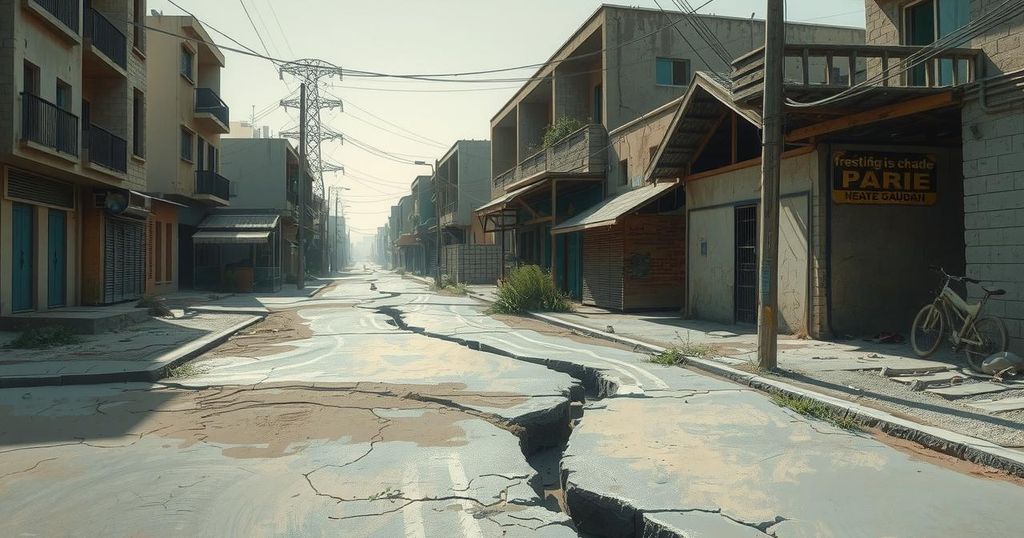In Lima, Peru, over 635,000 residents lack running water, relying on infrequent tanker deliveries that often provide contaminated supplies. Water access disparities stem from poor urban planning and rural migration drives. The affluent enjoy ample water resources, underscoring stark socio-economic divides in the capital, with implications exacerbated by climate change.
In Lima, Peru, many residents in impoverished districts are deprived of running water. Despite being nestled between the Pacific Ocean and the Andes, as well as having rivers and a water table, the city struggles with scarce rainfall. Over 635,000 inhabitants lack direct access to running water, predominantly those in informal settlements elevated above the city’s infrastructure, leaving them reliant on tanker truck deliveries.
Blue tanker trucks provide infrequent water supply, often weekly or less, to neighborhoods like San Juan de Miraflores, depositing water in large, unhygienic drums. Residents, such as Catalina Naupa, report health issues resulting from contaminated water, stating, “We get stomach cramps and migraines. There are worms in the bottom of the tank.” Moreover, poor weather can completely halt water deliveries for weeks.
According to Nicolas Reyes from Sedapal, the city’s water utility, each family receives only a cubic meter of water weekly, translating to approximately 30 liters per person daily, which is significantly below the United Nations’ recommended minimum of 50-100 liters.
Emphasizing the implications of climate change, Antonio Ioris, a geography professor, asserts that not only are water supplies declining, but also the dire conditions of access for impoverished populations remain a low priority for policymakers. He links the challenge to inadequate urban planning as well as rural issues that drive migration to urban areas.
In some districts, access is further hindered by steep dirt roads leading to areas unreachable by water trucks. Consequently, residents face exorbitant prices — paying six times more for water than those connected to the public supply. The stark division in water access is epitomized by a concrete barrier, termed the “wall of shame,” that separates wealthier neighborhoods from the water-deprived zones. In stark contrast, inhabitants on the affluent side enjoy generous water access and lush vegetation, described by Cristel Mejia as, “Surco seems like another world.”
The report highlights the profound inequalities in water access in Lima, where many residents in impoverished areas rely on infrequent and contaminated water supplies. Climate change exacerbates the situation, yet policymakers are prioritizing other issues over the urgent needs of the poor. This distressing situation illustrates the stark division between wealth and deprivation in a city rich in resources, yet failing to provide basic needs for all its inhabitants.
Original Source: www.france24.com




